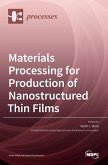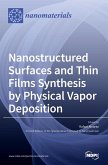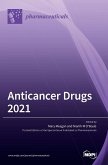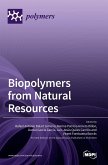Creating antibacterial surfaces is the primary approach in preventing the occurrence and diffusion of clinical infections and foodborne diseases as well as in contrasting the propagation of pandemics in everyday life. Proper surface engineering can inhibit microorganism spread and biofilm formation, can contrast antimicrobial resistance (AMR), and can avoid cross-contamination from a contaminated surface to another and eventually to humans. For these reasons, antibacterial surfaces play a key role in many applications, ranging from biomedicine to food and beverage materials, textiles, and objects with frequent human contact. The incorporation of antimicrobial agents within a surface or their addition onto a surface are very effective strategies to achieve this aim and to properly modify many other surface properties at the same time. In this framework, this Special Issue collects research studying several materials and methods related to the antibacterial properties of surfaces for different applications and discussions about the environmental and human-safety aspects.








